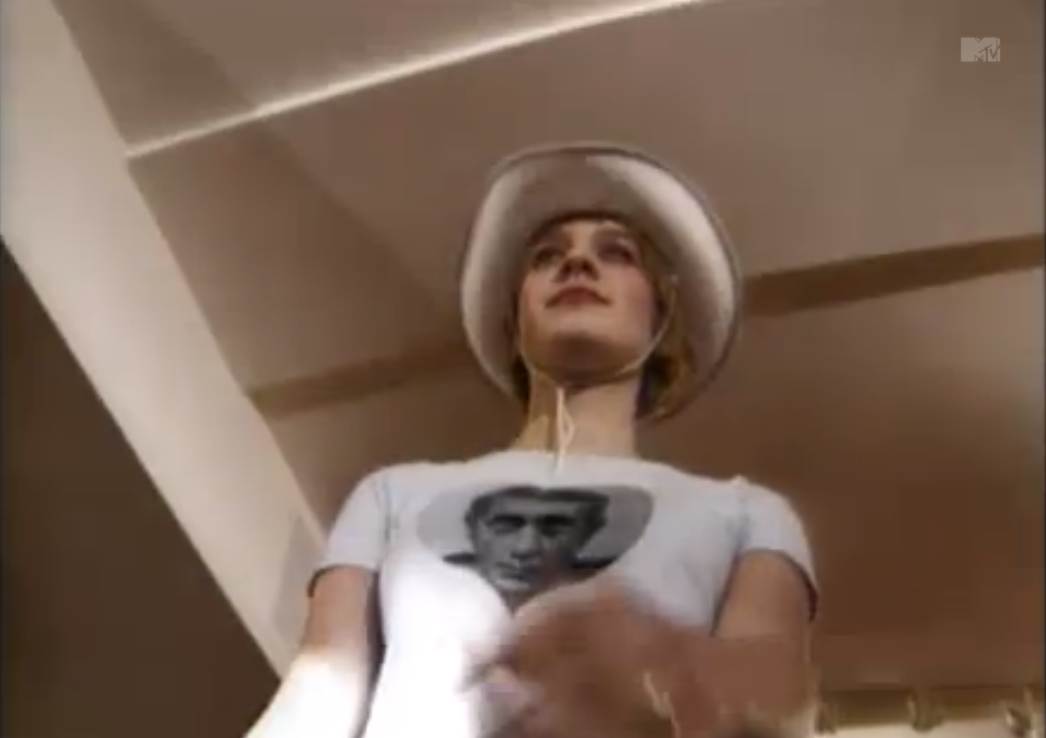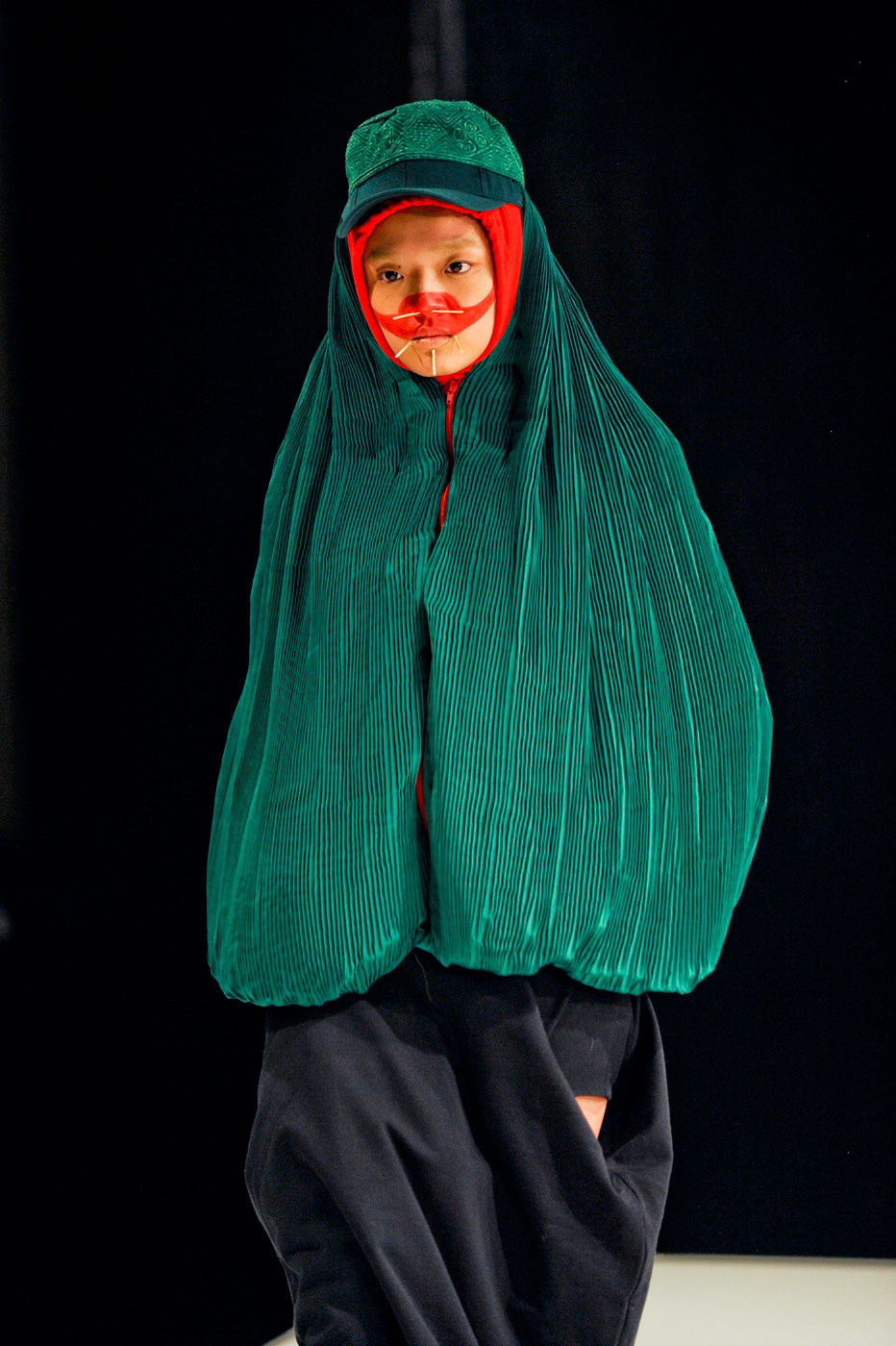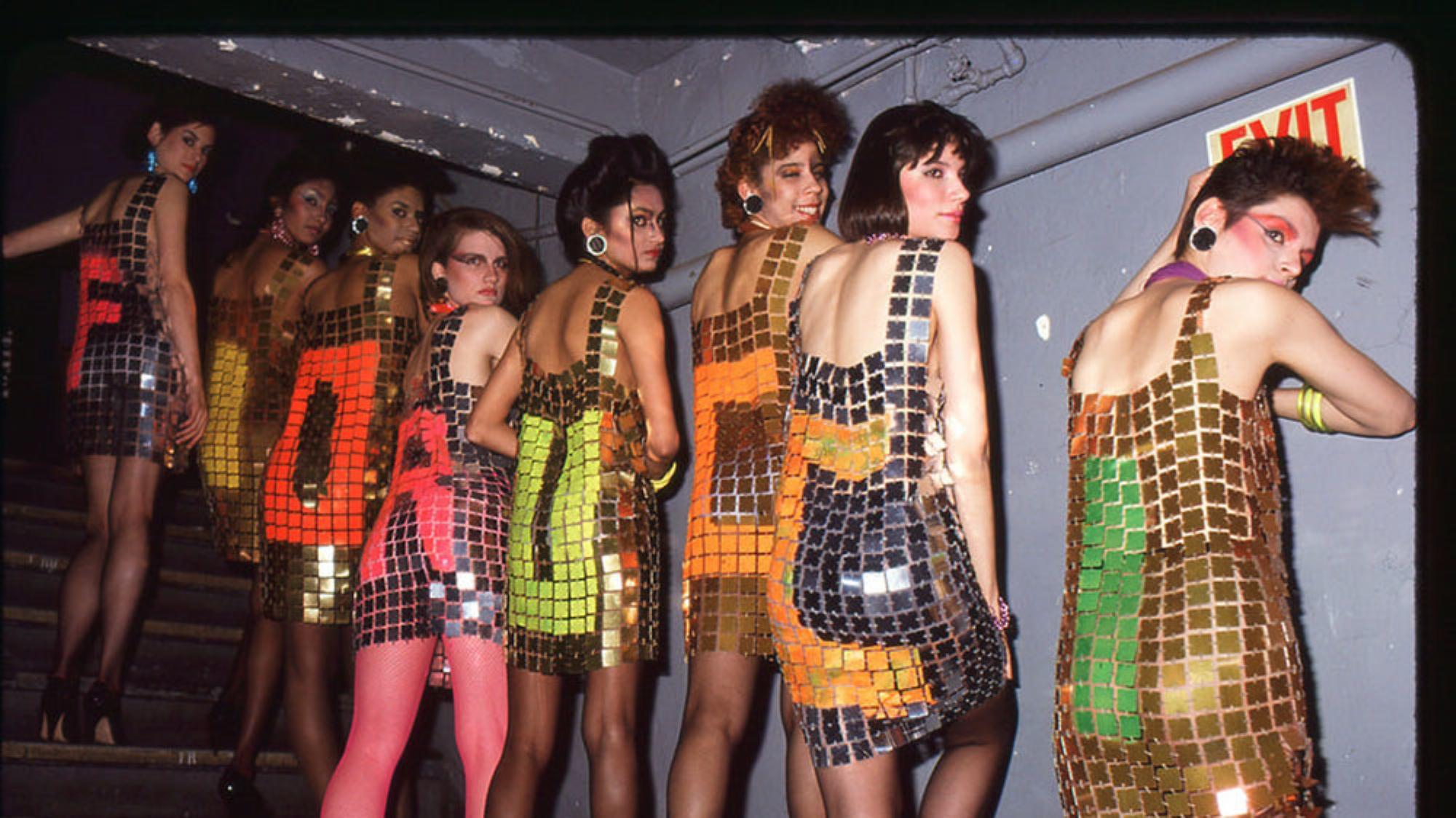If you ever wore this look: X-Girl T-shirt, JNCOs and Red or Dead platforms (pref those foam ones), you’re probably aware that the future of each of these iconic brands of your youth is looking bright again. A relaunched X-Girl is now stocked at VFILES (though without creator Kim Gordon’s direct involvement). In February, JNCO announced that it would start producing body-engulfing jeans for a new generation. And two amazing collaborative Ashley Williams collections in, Red or Dead is having a moment again. To celebrate, here are ten other cult brands that we’d like to see stage a comeback.
Liquid Sky
Liquid Sky was more than a store or a brand. “It was a happening. It was a scene,” said sometime shop girl Chloë Sevigny. A clubhouse for 90s ravers on the corner of Broome and Wooster in downtown New York, Liquid Sky stocked oversized T-shirts emblazoned with the brand’s logo (Astro Girl, a kind of DJ alien) and righteous raver slogans like “drugs kill” and “keep underground,” as well as insanely wide-legged pants with pockets for your beeper. It was all about peace, love and UFOs. It was too good for this world.
Pervert
File under: very rare. Cross-reference with: Janet Jackson, The Brethren (a Christian cult), and Brendon Babenzien (Supreme’s original design director). The story of highly influential pioneering streetwear label Pervert has everything. It began with founder Don Busweiler, a Miami skater with a simple dream – to create hip-hop-inspired streetwear – and ended when he left the brand to follow a bearded migrant guru in 1995. Along the way, the label inspired Brendon Babenzien in his early work at Supreme and put out highly covetable logo-ed flat caps, puffer vests and basketball jerseys – plus the iconic “PERVERT”-printed baby tee Janet Jackson sported at the 1995 VMAs. Its underground cult status made wearing Pervert like a “secret handshake,” recalls one diehard fan.
Cross Colors
Three letters: TLC. No one wore iconic early-90s LA streetwear brand Cross Colors as well as T-Boz, Left Eye and Chili. The label was nominally a men’s wear brand – created to spread positive messages with its bright colors and slogans like “Educate 2 Elevate.” But that didn’t stop founders Carl Jones and TJ Walker from providing TLC with giant floppy green-and-yellow hats, oversized cargo pants (for crotch-grabbing) and T-shirts decorated with condoms. Other notable fans included Run D.M.C. and the cast of The Fresh Prince.
Tommy Gear
Many amazing things have happened under the Tommy Hilfiger brand umbrella. There was the main line’s fire Aaliyah TV commercial, there was “urban” diffusion line Tommy Sport, and there was Tommy Gear. Today, you can still find the line’s (and Ali G’s) signature Crayola-hued skullcaps, durags and color-blocked baseball tees on eBay if you really look. But mainly, the brand is discussed as a vaguely comical fashion relic on streetwear subreddits.
Fiorucci
Visionary designer Elio Fiorucci passed away earlier this year, but his legacy will not be forgotten. Founded in Milan and 1967, Fiorucci redefined what a fashion brand could be. Not only did it bring the world the first-ever pairs of stretch jeans and iconic (often scandalous) ad campaigns, but its iconic 59th Street store in New York became the daytime version of Studio 54 in the 70s (regulars included Andy Warhol and Cher). “When I was 15, instead of going to sleep-away camp I spent the whole summer hanging out in the store,’ remembers Marc Jacobs. “It was like a living, breathing fashion show that I wanted so much to be part of.” The world needs more gold Lurex cowboy boots, plastic jeans and leopard print.
Martine Sitbon
Karl Lagerfeld once referred to Martine Sitbon as “the only living French Designer.” Whether it was in collections for her eponymous line (founded in 1986), or during her time at Chloé in the late 80s (when she reinvigorated the house with help from the supers) or at her later label Rue du Mail, Sitbon spun darkly magical stories with her clothes. She referenced Edwardian dandies, matadors and real-deal rock and rollers, always harking back to her time growing up in Paris and browsing the city’s flea markets. The line still has some kind of presence in Japan, thanks to a licensing agreement. But we miss, and want back, the raw authenticity of original Martine.

Milk Fed
Amidst Sofia Coppola’s many claims to fame is her shortly lived clothing line “Milk Fed.” Overlook it at your own risk. It was the 90s. Inspired by the time Sofia spent working with her friend Kim Gordon on the legendary X-Girl, Milk Fed provided sassy teen queens everywhere with pocket-money-priced spaghetti-strap mini dresses, low-rise pinstripe pants and belly-button-baring tees printed with “I ♥ booze” and pictures of Che Guevara. Importantly, Chloë Sevigny walked in the first catwalk show, wearing a white mini skirt and a cowboy hat. Two collections weren’t enough.

Miguel Adrover
Iconoclastic Spanish designer Miguel Adrover was a reliably exciting wildcard at fashion weeks throughout the late 90s. One season, he tore apart a Burberry trench coat, flipped it inside out and sent it down the runway as a dress. According to one New York Times interview – written when Androver briefly returned to fashion in 2012 – “he was the embodiment of the anti-fashion movement.” His unbridled creativity and irreverence are maybe best remembered in the form of the messed-up “Marlboro”-printed Western shirts he presented for spring/summer 2001.
Stephen Sprouse
Neon! Glitter! Debbie Harry! Stephen Sprouse created an entirely new fashion vocabulary in the early 80s – written in punky DayGlo lettering. His look defined downtown New York in the later Warhol years. He served guests at his Soho store bloody Marys in measuring cups while they shopped for luminous hand-painted tunics and dresses covered in nightclub-ready paillettes. And while his beleaguered brand went in and out of operation over the course of his explosive career, Sprouse’s pieces have had a deeply felt impact on fashion history. “Europe had Jean-Paul Gaultier, but American fashion had no one like that until Stephen exploded on the scene in a blaze of pop art fluorescence,” remembered Barneys’ Simon Doonan.
Kansai Yamamoto
Before Issey, Yohji, and Rei, there was Kansai Yamamoto, the eccentric godfather of avant-garde Japanese fashion. Of all his insanely outlandish pieces, the most recognizable are the costumes he designed for David Bowie’s Aladdin Sane tour. His clothes were eccentric, be-glittered, intellectual (he studied the art of the Japanese Momoyama period) and hugely influential. In 1971, he became the first Japanese designer to show his collections in London, heralding the arrival of glam and establishing his home country as a major global fashion force. A brief reappearance at the V&A in London in 2013 only left us wanting more – more glitter, more spectacle and more high-concept kimonos.
Credits
Text Alice Newell-Hanson
